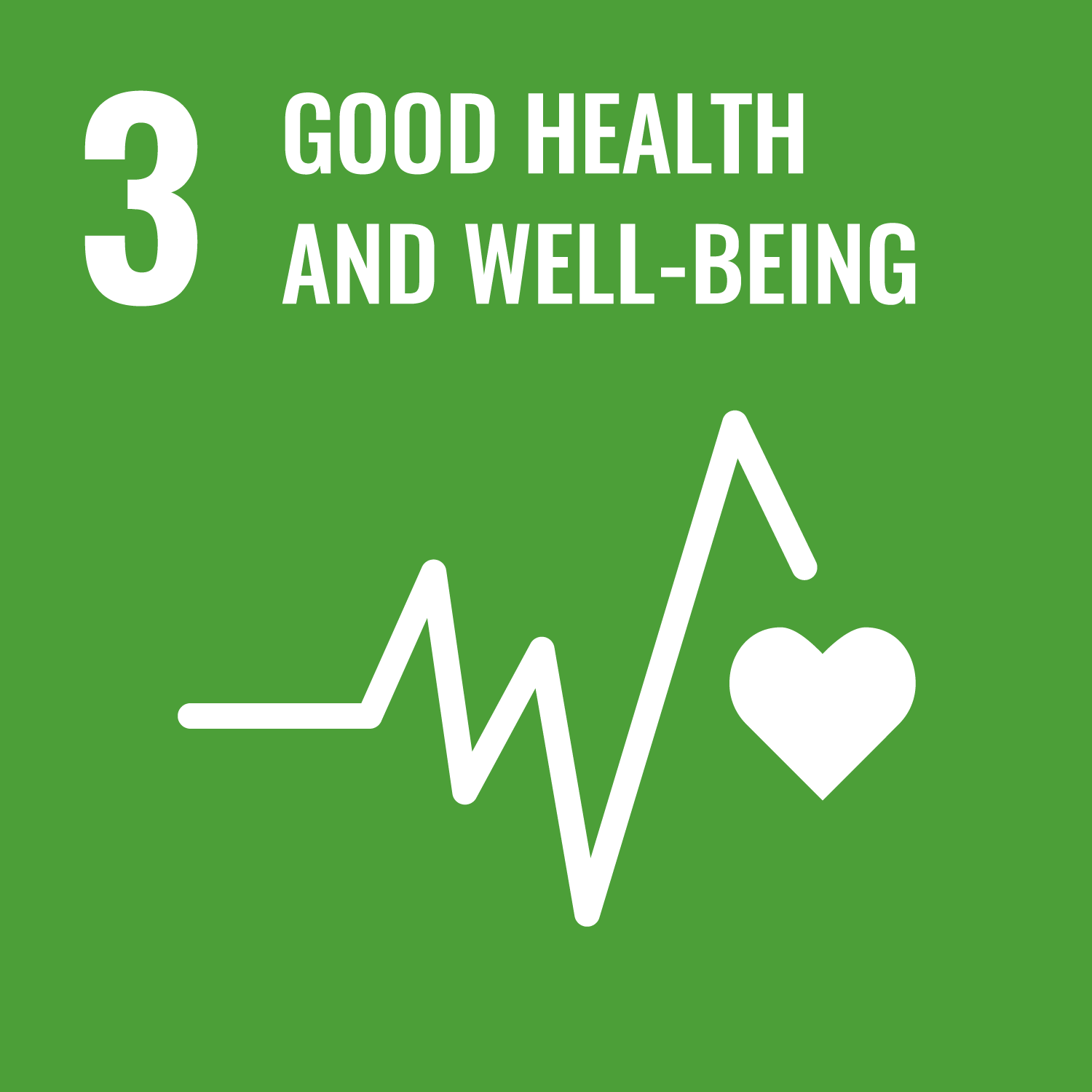Lu, X. orcid.org/0000-0001-7344-4276, Cao, Y., Wang, Z. et al. (2 more authors) (2025) Multisensory symphony: synergistic effects of vision, audition, and olfaction on the restorative properties of hospital healing landscapes. Building and Environment, 275. 112812. ISSN 0360-1323
Abstract
Rapid urbanization has led to increased stress and anxiety, heightening concerns about mental health. Hospitals are essential to provide medical treatment, and they also support patients’ mental well-being. The effects of hospital healing landscapes to promote patients’ mental health have been studied to some degree. Previous studies have primarily concentrated on one or two sensory modalities while overlooking the synergistic effects of visual, auditory, and olfactory stimuli. From a biophilic design approach and grounded in Attention Restoration Theory (ART) and Stress Reduction Theory (SRT), this study explores the synergistic impact of vision, audition, and olfaction on the restorative potential of hospital healing landscapes. The rooftop garden of Nanjing Drum Tower Hospital served as a case study. Nine experimental scenarios were developed using an orthogonal experimental design. They involved a total of 270 volunteers participating in virtual reality experiments. Psychological assessments included the Semantic Differential Scale (SDS), State-Trait Anxiety Inventory State (STAI-S), and Perceived Restorativeness Scale (PRS), while physiological measures included Heart Rate (HR), Root Mean Square Successive difference (RMSSD), Skin Conductance Level (SCL), and Skin Conductance Response (SCR). The study demonstrated that hospital healing landscapes promoted psychological and physiological restoration. Visual and olfactory stimuli primarily influenced psychological responses, while auditory elements mainly affected physiological reactions. Environments with high plant diversity, natural sounds, and complex plant aromas were the most effective for psychological and physiological restoration. This study highlights the importance of integrating multisensory elements in healing environments and offers new insights for the design and management of hospital healing landscapes.
Metadata
| Item Type: | Article |
|---|---|
| Authors/Creators: |
|
| Copyright, Publisher and Additional Information: | © 2025 The Authors. Except as otherwise noted, this author-accepted version of a journal article published in Building and Environment is made available via the University of Sheffield Research Publications and Copyright Policy under the terms of the Creative Commons Attribution 4.0 International License (CC-BY 4.0), which permits unrestricted use, distribution and reproduction in any medium, provided the original work is properly cited. To view a copy of this licence, visit http://creativecommons.org/licenses/by/4.0/ |
| Keywords: | Engineering; Built Environment and Design; Neurosciences; Mind and Body; Behavioral and Social Science; Mental Health; Mental health; Good Health and Well Being |
| Dates: |
|
| Institution: | The University of Sheffield |
| Academic Units: | The University of Sheffield > Faculty of Social Sciences (Sheffield) > Department of Landscape Architecture (Sheffield) |
| Depositing User: | Symplectic Sheffield |
| Date Deposited: | 27 Jun 2025 14:19 |
| Last Modified: | 27 Jun 2025 20:01 |
| Status: | Published |
| Publisher: | Elsevier BV |
| Refereed: | Yes |
| Identification Number: | 10.1016/j.buildenv.2025.112812 |
| Related URLs: | |
| Sustainable Development Goals: | |
| Open Archives Initiative ID (OAI ID): | oai:eprints.whiterose.ac.uk:228463 |


 CORE (COnnecting REpositories)
CORE (COnnecting REpositories) CORE (COnnecting REpositories)
CORE (COnnecting REpositories)